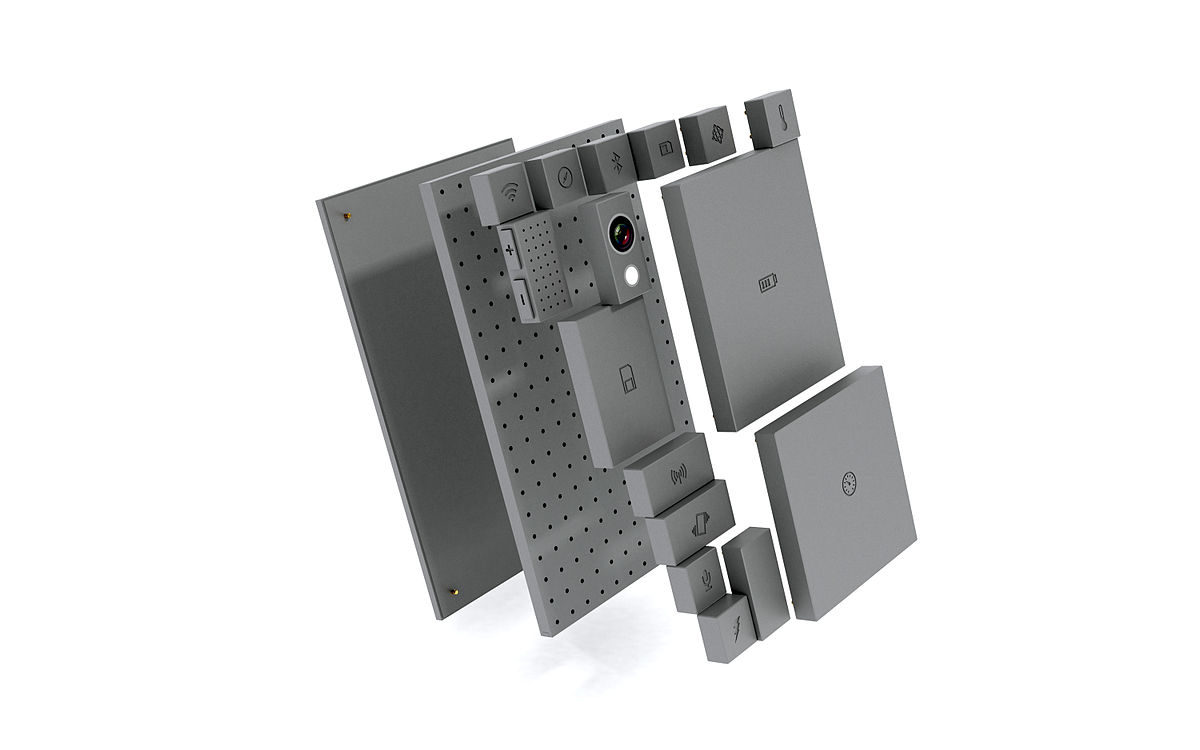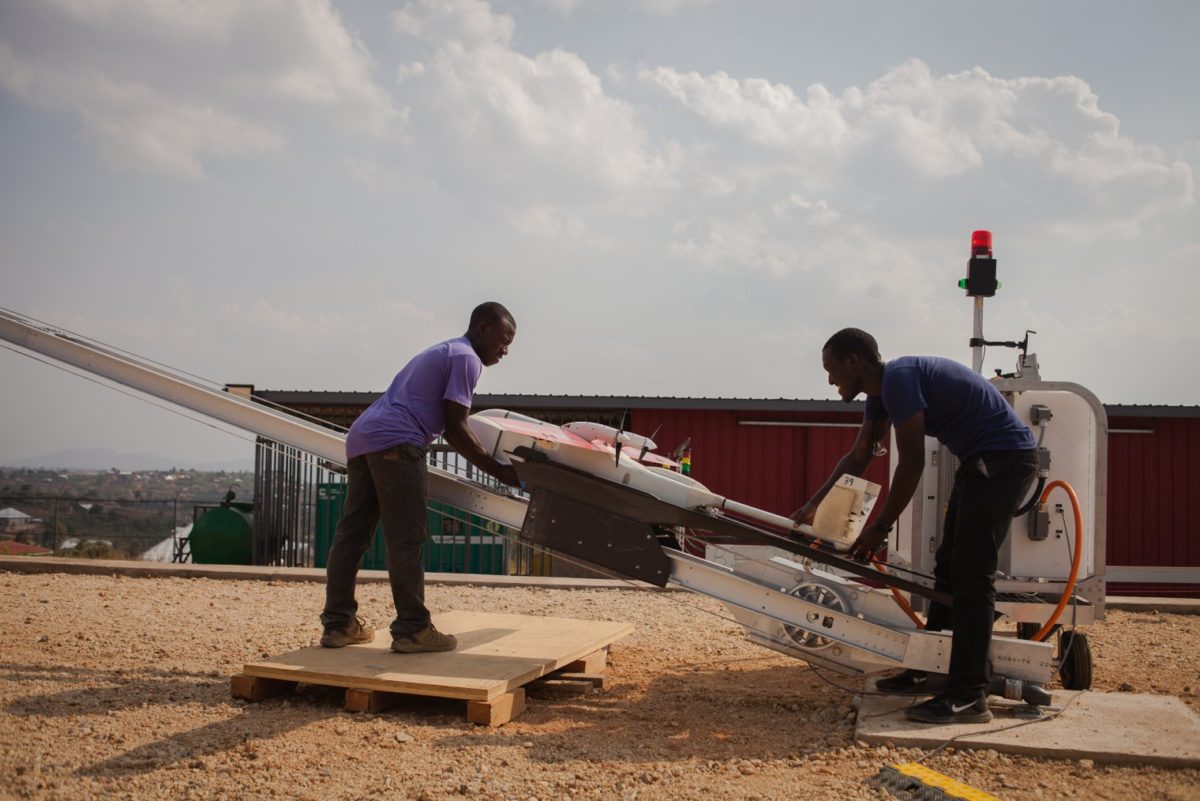Wouldn’t it be amazing if you could upgrade every single part of your cell phone? In 2012, Phonebloks started a new initiative with the goal to reduce electronic waste drastically. The idea was to create a modular phone where every single part of your cell phone could be replaced seperately. Google picked up on the project and started a pilot called “Project Ara”. Four years after the initiative however, Google pulled the plug and cancelled the whole project. How did the idea develop and why did Google drop out?
Since the introduction of the iPhone in 2007, the market for cell phones has grown rapidly over time. However, innovation in conventional mobile hardware has been slowing down recently. The nature of the hardware innovations are solely of an incremental nature and have not changed drastically over the past years. The stagnation in hardware innovation, lower costs of hardware components and shrinking sizes of these components paved the way for modular smartphones.
The idea was that processors, batteries, cameras, displays and frames could be upgraded without purchasing a complete new phone. However, in 2016 Google announced that Project Ara was revoked and development would not continue. The reason of the cancellation is vague and Google has not commented on the issue. The most probable reason is that the original concept has not been thought through well enough. It turns out that the communication between the individual components is very slow and requires a lot of extra battery life. This makes the phone more expensive and less functional. Furthermore, Google estimated that the profit margins are very low and it is therefore not worth it to lay out the product.
When it can overcome these setbacks, do you think it has the potential to succeed in a later stage?
Sources:
http://fortune.com/2016/09/03/why-google-canceled-project-ara/
https://phonebloks.com/journey
https://www.technologyreview.com/s/429117/the-new-smartphone-incrementalism/


